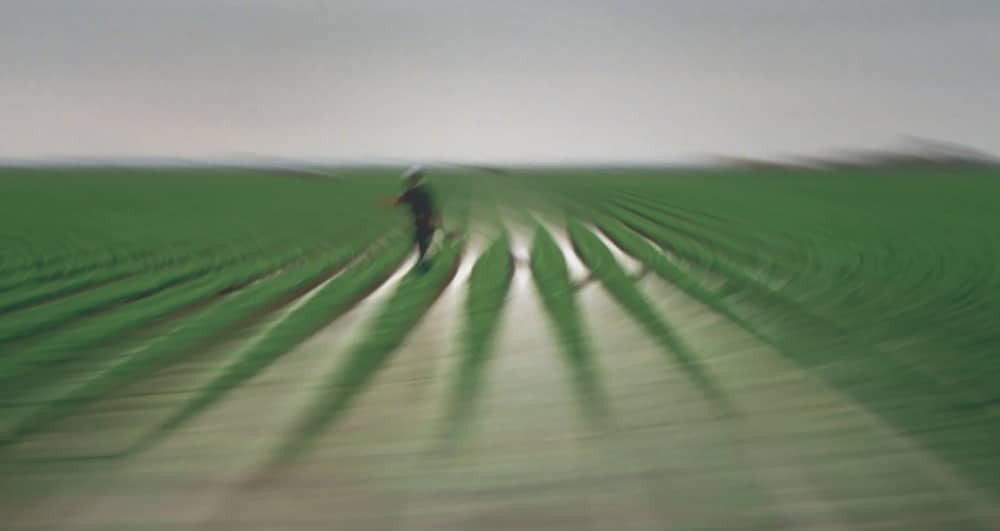Brian Taylor, the Executive Director of the Center for Photographic Art, arranged a video crew to capture a half-hour interview that he conducted with me at the Hartnell College Art Gallery during their exhibition of images from This Green Growing Land series.

Here’s a nearly-final version, rezzed down to 720p (it’s still nearly half a GB).
Ignore the misspelling of my name on the splash screen.
Hi jim,
Thanks for sharing! Nice to see you as a real life person. Takes a bit of courage!
🙂 Erik 🙂
We did it in one take, too.
Jim,
You look great !
Some of your comments in the last year had me worrying this interview was conducted in an ICU.
Good to see you’ll be around for a while.
We need you and appreciate the work you do.
AB
When the interview was conducted, I’d had one cataract removed, but not the other one. So, to correct me for distance would have required -1 diopter in my left eye, and -14 diopters in my right. Double-vision city! I’m lucky I didn’t walk into a wall. I now have both lenses replaced, and things are much better.
Thanks for the mini-tour of your latest show.
… and it gives a nice glimpse of the man behind the words.
Bruce